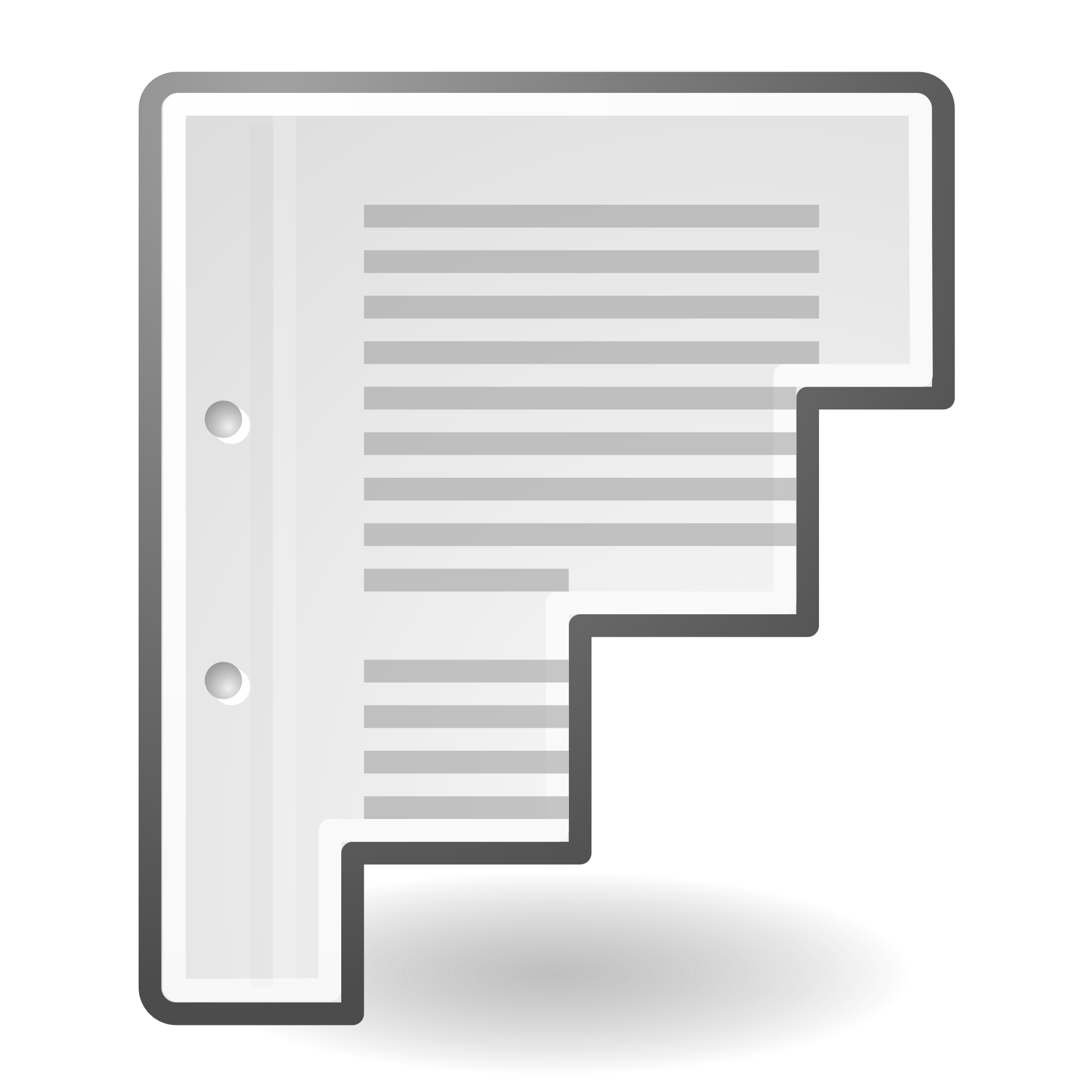
|
INCOMPLETE:
This page or section is incomplete. Please add information or correct uncertain data which is marked with a ?
|
- For FAQs specifically about the Apple TV 1 see Apple TV 1 FAQ
XBMC for Mac specific Frequently Asked Questions and Answers.
General FAQ
- See also: XBMC all platforms FAQ for FAQs that apply to all versions of XBMC.
|
- XBMC v11 runs on Mac OS X 10.4.x (Tiger) and later on both Intel and PPC Macs, as well as the Apple TV 1 (silver). Apple TV 2 (black) does not run XBMC for Mac, it runs XBMC for iOS.
- XBMC v12 and nightly builds and up will require Mac OS X 10.6 and only run on Intel Macs. For the Apple TV 1 you will need to use a Linux-based OS to run XBMC v12 and nightly builds.
|
|
|
How to install and/or update XBMC
|
|
- Simply download XBMC from http://xbmc.org/downloads/ and copy XBMC.app to your Applications folder to install XBMC
- Do the same to update XBMC. All your settings and files will be preserved as they are located in a different place in the userdata folder. Be sure to make a backup of the userdata folder when doing updates in case something goes wrong.
|
|
|
- The current stable version of XBMC for Mac is v11 (Eden). This is the same code that all of the other platforms (Linux, iOS, Windows) are using.
|
|
|
What version/nightly build/beta of XBMC am I running?
|
|
- XBMC main menu > System > Lower submenu > System info. Note the build date.
|
|
|
Programs and tools to help with XBMC
|
|
- Editor note: Point to a list of Mac OS X supplemental tools
|
|
Remote controls
|
What remotes can be used with XBMC
|
|
|
|
Starting XBMC with the Apple Remote
|
|
|
|
Using a Logitech Harmony remote
|
|
- XBMC can use a Logitech Harmony remote using the normal Apple IR receiver that is built into some Macs.
- Go to Settings -> System -> Input devices and change "Apple remote" to "Universal".
- On the Logitech Harmony remote, select the Plex profile.
|
|
|
Can't wake a sleeping Mac using the Apple Remote on 10.7
|
|
|
|
iTunes and/or system volume is taking over when using the remote
|
|
|
Mac OS X 10.7 (Lion) issues
|
SMB (Windows Sharing) isn't working when sharing files from 10.7
|
|
- Apple changed how their SMB (Windows Sharing) server works in 10.7 that breaks compatibility with some applications such as XBMC. Alternative sharing options such as AFP (Apple File Protocol), FTP, WebDAV, or a few others can be used instead. You can also get Windows Sharing working again by using a tool like SMBUp, which will install an SMB server similar to what Mac OS X 10.6 had.
|
|
|
Userdata folder and logs are hidden on 10.7
|
|
- By default, Mac OS X 10.7 hides the user's Library folder, which is where XBMC's userdata folder and logs are stored. There are a few ways to get around this:
- While in the Finder, click on the "Go" menu and hold down ⌥ Option, then select Library.
- You can use programs such as TinkerTool to change the visibility of all or some hidden files/folders.
|
|
|
Can't wake a sleeping Mac using the Apple Remote on 10.7
|
|
- Apple changed how energy saving settings work on Mac OS X 10.7 and it is no longer possible to wake a sleeping Mac using the Apple Remote.
|
|
Troubleshooting
|
Getting more help with XBMC for Mac OS X
|
|
|
|
- See How-to:Submit a proper bug report for bug reporting details and here for instructions on reporting an issue to the forums
- Userdata folder: /Users/<your_user_name>/Library/Application Support/XBMC/userdata
- Debug log: /Users/<your_user_name>/Library/Logs/XBMC.log
- Console log: /Library/Logs/Console/501/console.log
- CrashReporter: /Users/<your_user_name>/Library/Logs/CrashReporter/CrashReporter.log
|
|
|
I am seeing double or ghost files for some videos
|
|
|
|
Issues when turning TV/display on or off
|
|
|
|
|
|
Add-ons downloaded from the internet are not in zip format or will not install
|
|
- There are two main possibilities for an add-on to not install when you use "Install from zip". One is that it isn't in a proper zip format, the other is that the add-on is for an older version of XBMC that isn't compatible with the version you are using.
- Very commonly the Safari web browser is being used to download these add-ons, and by default will unzip the files leaving you with a folder that won't work with the "Install from zip" option. You can turn this feature off by going into Safari's preferences, under "General" and unchecking "Open 'safe' files after downloading". If you wish to keep this feature on, you should be able to find the original zip file in the Trash can. Just drag the file out and use it instead of the folder for "Install from zip".
|
|
Template:XBMC wiki toc
